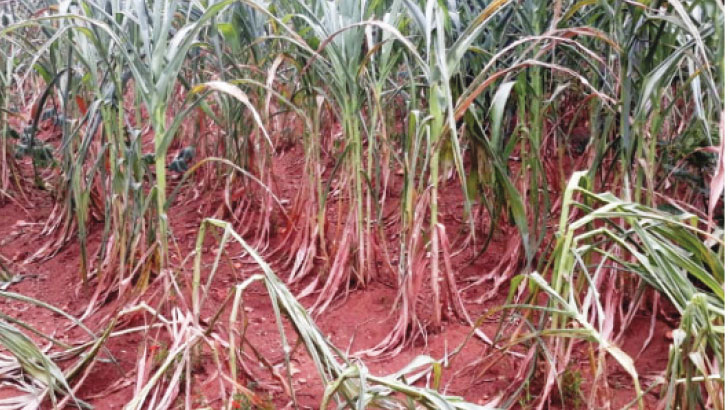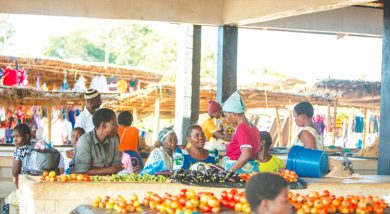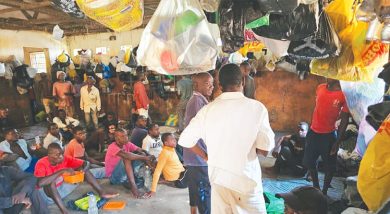Poor harvest worsens economic woes in Malawi-FewsNet
The Famine and Early Warning Network (FewsNet) has cited the negative impacts of a below-average harvest as one of the factors worsening macroeconomic conditions in Malawi.
In its June outlook report released today, July 13, 2022, the United States Aid (USAID) provider of early warnings, states that Southern Malawi is estimated to have the most significant decrease with maize production estimated to be 30 to 50 per cent below the five-year average.
“As a result, poor households’ food stocks in southern Malawi are expected to last until August compared to October in a typical year, leading to an increased reliance on markets and access to income to meet food needs through March 2023,” reads the report.

It further indicates that the price of maize continues to be significantly above the same period last year and the five-year average, driven by below-average harvest, high fuel and transportation costs, and inflationary pressure.
According to FewsNet price data, in nearly all monitored markets, the price of maize staples in May 2022 ranged from K184 to K250. Compared to the same period last year, prices were higher by 31 to 214 percent and between 47 to 207 percent higher than the five-year average.
“Prices are expected to remain significantly above five-year averages through January 2023 further limiting household financial access to food,” it reads.
According to the report, current food security outcomes in Malawi reflect regional dynamics and drivers.
For example, in Southern Malawi, widespread disruption to livelihoods and household income, a significant reduction in crop production, and high food prices are driving unseasonal food consumption gaps and livelihood coping for poor rural households, resulting in Stressed (Integrated Food Security Phase Classification (IPC) Phase 2) acute food insecurity outcomes, despite an ongoing harvest.
In the lower shire livelihood zone, very poor households face Crisis (IPC Phase 3) acute food insecurity outcomes, indicated by large consumption gaps and atypical reliance on livelihood coping to generate income to purchase food.
However, by January 2023, Stressed (IPC Phase 2) households in Southern Malawi will likely transition to Crisis (IPC Phase 3) acute food insecurity outcomes, as high prices and below-average agriculture income exacerbate as lean season dynamics.
As for Central and Northern Malawi, Minimal (IPC Phase 1) outcomes for most rural households from June to September 2022, given ongoing harvest and minimal reliance on markets. However, a portion of market-reliant very poor households are expected to face Stressed (IPC Phase 2) outcomes from October 2022 to January 2023.
The Ministry of Agriculture projected a 14 percent drop in maize production in the 2021/22 agriculture season first-round crop estimates.
This year’s second-round crop estimates showed that the country is expected to produce 3.8 million MT of maize against a national requirement of 3.4 million MT.
Last season maize output was estimated at 4 581 524 metric tonnes (MT).
Agriculture policy analyst Tamani Nkhono Mvula said the government should quickly consider releasing funds to State grain produce trader Agricultural Development and Marketing Corporation and National Food Reserve Agency to start buying maize in good time to cushion the poor.





